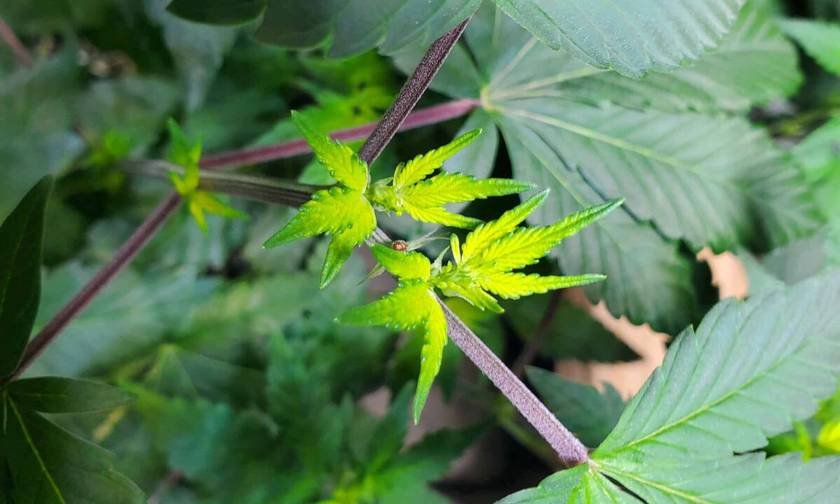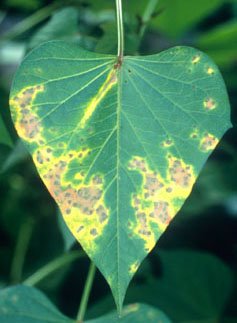
plant nutrition guide
To use this plant nutrition guide, scan the pictures until you find the leaves that look similar to the problem you are diagnosing. The description beside the picture will state the issue and give details as to what you are looking for, The pictures are ordered by the most common problems down to the least common. Also, your plant may be suffering from more than one nutritional issue.
The best solution for any and all nutritional deficiencies for indoor plants is to repot the plant with fresh soil that is appropriate for the plant. See my Plant Guide for more details. Then use my Natural Seaweed Fertilizer regularly as it replaces all of the nutrients that the plant needs in the correct ratios. Click here to learn more about my Natural Seaweed Fertilizer. Click here to buy my Natural Seaweed Fertilizer. Hopefully you find this Plant Nutrition Guide useful. Please feel free to share it.
Nitrogen deficiency
Mature leaves become light green or yellow between the veins. The veins usually stay green.
Nitrogen is a component of chlorophyll. Chlorophyll enables the plant to capture sunlight through photosynthesis. Nitrogen is also used in the plant to make sure that energy is available when and where the plant needs it.
Phosphorus deficiency
Mature leaves become purple or red.
Phosphorus is crucial. It is found in every plant cell. It is used key plant functions, including energy transfer, photosynthesis, transformation of sugars and starches, nutrient movement within the plant and transfer of genetic material from one generation to the next.
Potassium deficiency
Mature leaves turning yellow, then brown and dying along the edges.
Potassium is involved with the movement of water, nutrients and carbohydrates in plants. It is needed for enzyme activation within the plant, which affects protein, starch and adenosine triphosphate (ATP) production. ATP regulates the rate of photosynthesis.
sulfur deficiency
New leaves become yellow, usually from the base outwards.
Sulfur is used in chlorophyll, amino acids, proteins, and oils. It helps activate certain enzymes and vitamins.
magnesium deficiency
Large areas of mature leaves become yellow.
Magnesium is an important part of the chlorophyll molecule. Without it, chlorophyll cannot function. Magnesium is also used in many enzyme systems.
zinc deficiency
The middle leaves become yellow between the veins and the plant’s growth is stunted.
Zinc helps plant tissue withstand cold temperatures. Zinc helps with growth regulation and stem elongation.
Zinc is incorporated into the development of the seed. It is also important in the development of fruits or tubers.
iron deficiency
Young leaves become yellow between the veins. The veins stand out clearly.
Iron helps carry other crucial elements, such as oxygen, throughout the plants' circulatory systems. Iron helps the plant move oxygen throughout the roots, leaves, and other parts of the plant. This produces the green color of a healthy plant.
boron deficiency
Young budding leaves become yellow, brown, brittle and then die.
Boron plays a key role in cell wall formation and stability.
copper deficiency
Young leaves wither from the tip and edges inwards. They eventually die.
Copper is involved in several redox reactions and is part of the iron-copper cluster in chlorophyll.
manganese deficiency
Young leaves with blotchy and spotty yellow and brown areas.
Manganese is an important part of splitting water into hydrogen and oxygen in photosynthesis.
Molybdenum deficiency
Mature leaves with spotted yellowing or browning and often the affected areas are cupped or raised.
Molybdenum is used in enzymes that regulate how nitrogen is used,
chlorine deficiency
Mature leaves with very distinct yellow or brown spots within the leaf.
Chlorine is involved in osmotic and stomatal regulation, splitting of water into hydrogen and oxygen in photosynthesis, as well as disease resistance and tolerance.
The information presented here was gathered from a number of university studies and government reports for agriculture. A good summary can be found in this peer reviewed paper from the University of Florida.












